
Since our founding in 2008, we at Early Autism Services (EAS), have continued to stand firm on our belief that the best way to develop and nurture your little one’s potential is through personalized, proactive autism therapy programs.
From understanding your child’s diagnosis to beginning a therapy program that best suits their special needs, there are a lot of steps along the way. And in this regard, our proficient and experienced team of clinicians are here to help!
In addition to offering a 1:1 assessment while engaging and interacting with your child via various play-based methods, our programs combine decades of research and years of experience in Applied Behavior Analysis. This makes Early Autism Services (EAS) one of the finest centers that offer the best ABA therapy in India.
And with a mission to ensure that high-quality therapy is available for every child, here are some of the top therapies for autism offered by Early Autism Services (EAS) –
Center-Based ABA Therapy
Our center-based ABA therapy services provide children with a fun and inviting environment to encourage learning while enabling them to explore and grow. Since our programs, at the core, are goal-oriented as well as data-driven, we use an effective and interactive play-based learning model. Some of the top advantages of center-based ABA therapy for your child include improved social capabilities, the presence of a safe and structured environment, and an ideal space for learning new and improved skill sets. Additionally, this approach would also enable Early Autism Services’ experienced team of clinicians to build a personalized program for your child and collectively work towards achieving targeted objectives, such as language & communication, pre-academic skills, and self-help.
Social Skills Group
While social skills are essential for participating in the community and building friendships, for many children with autism, it can be extremely anxiety-inducing and challenging. Hence, in order to help kids effectively develop social skills, Early Autism Services conducts weekly social skills groups for kids between the ages of 6-13. These group interactions and activities help children practice social skills with peers under the guidance of our trained clinicians and board-certified behavior analysts. Remember that with adequate support and practice, your child can progressively build social interaction capabilities, while further encouraging the development of crucial skills, such as speech and language.
Occupational Therapy
Amid the numerous therapies for autism, occupational therapy (OT) holds tremendous value in terms of addressing underlying issues such as physical, cognitive, social, as well as motor skills, most likely consistent with autism as well as other sensory processing disorders. With an increasing focus on promoting the development of pivotal life skills, the expert occupational therapists at EAS do a wonderful job of keeping your little one engaged and interested in activities that help them interact with their immediate environment and navigate through their daily life. Furthermore, our well-trained pediatric occupational therapists evaluate your child’s current skills and subsequently plan behavioral strategies, emotional regulation, as well as social skills training.
Speech & Language Therapy
Speech & language therapy plays a significant role in the development of a child diagnosed with autism spectrum disorder (ASD). In addition to enhancing overall communication skills, speech therapy also builds social skills and helps with better functioning in daily life. And at EAS, our holistic speech & language therapy is designed to help treat a varied range of communication issues, such as speech-sound disorders as well as language delays. Moreover, EAS’ programs also help your child produce age-appropriate speech sounds, learn sentence formulation, improve functional communication through AAC, develop novel language, and reduce echolalia.
Since our formation, EAS has grown into one of the largest ABA therapy providers globally. We also conduct regular interactions with an interdisciplinary team by having in-house experts in the field of ABA therapy, speech/language therapy, and occupational therapy – all within the same clinic!
In essence, some of the most effective therapies for autism offered by Early Autism Services (EAS) are
- Center-Based ABA Therapy
- Social Skills Group
- Occupational Therapy
- Speech Therapy
As we deeply understand the essence of partnership in terms of creating an effective carry-over from our clinic to the school and home, we prioritize collaborations with teachers, caregivers, and therapists alike, even outside of the EAS realm.
At Early Autism Services, we enjoy working with any child who needs extra support to meet their full potential, so get in touch with our experts right away and choose the best for your child.


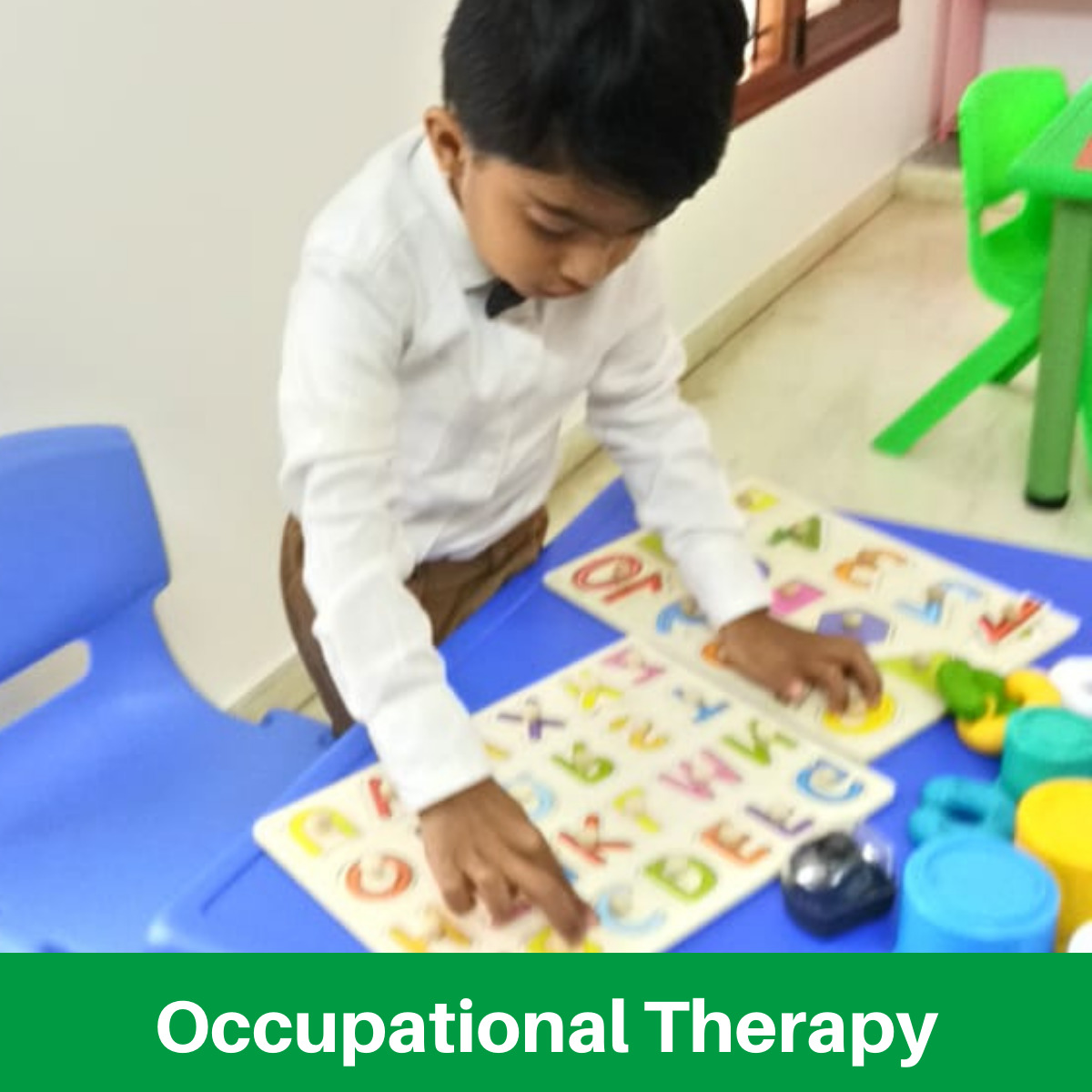
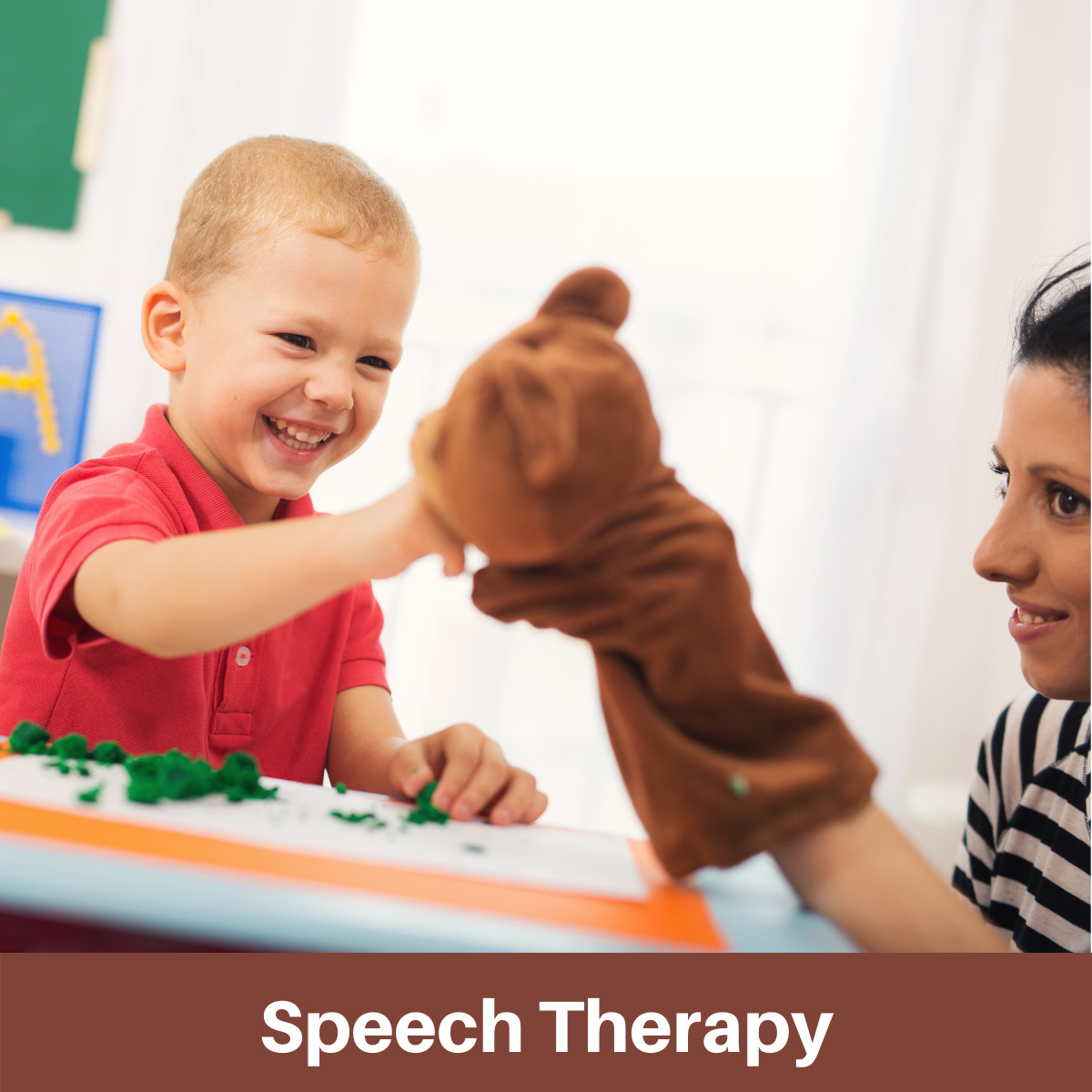

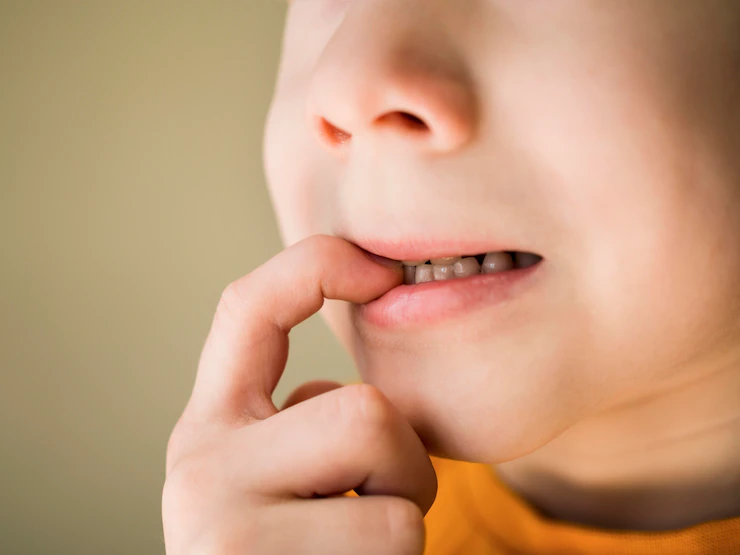


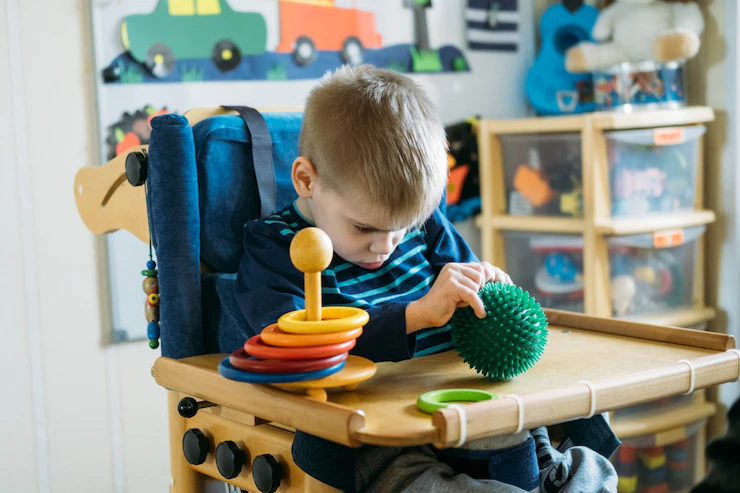
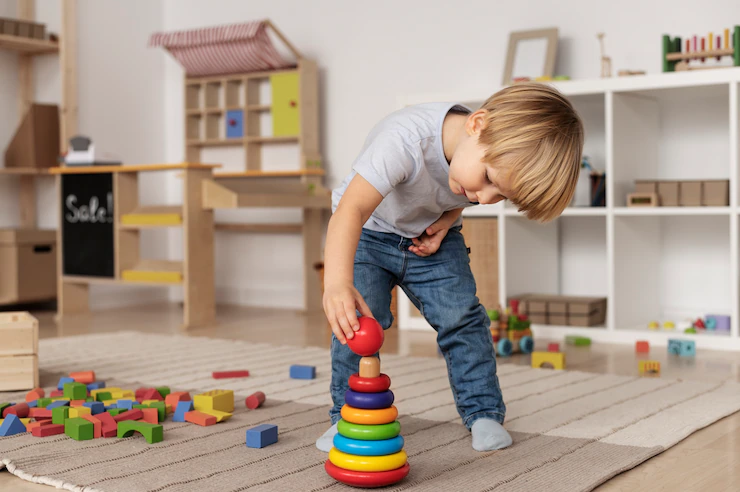
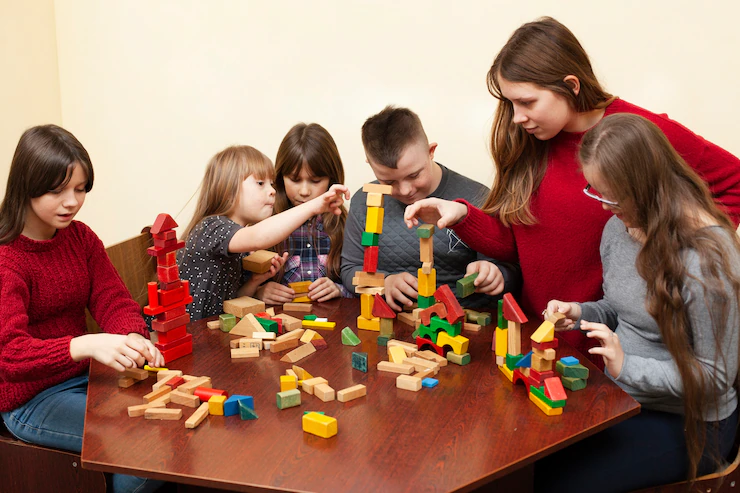
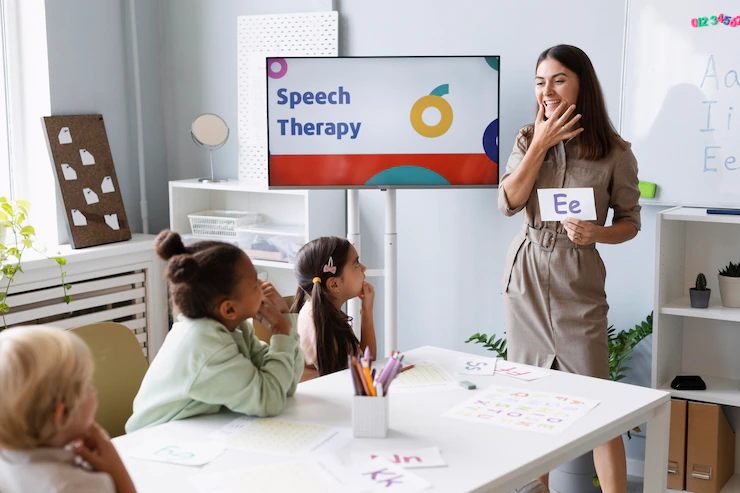


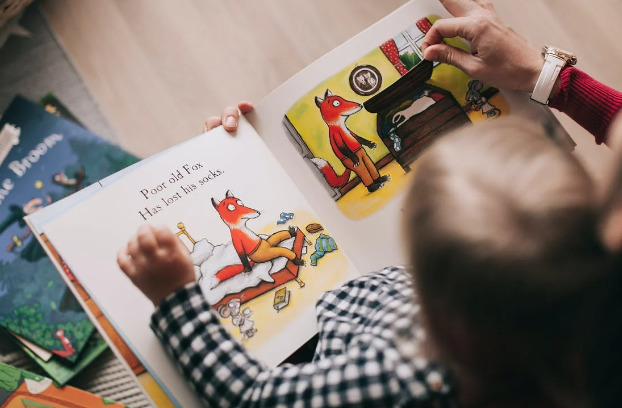
 A:
A: 







 Creating and maintaining consistency in a child’s environment is one of the best ways to
Creating and maintaining consistency in a child’s environment is one of the best ways to 




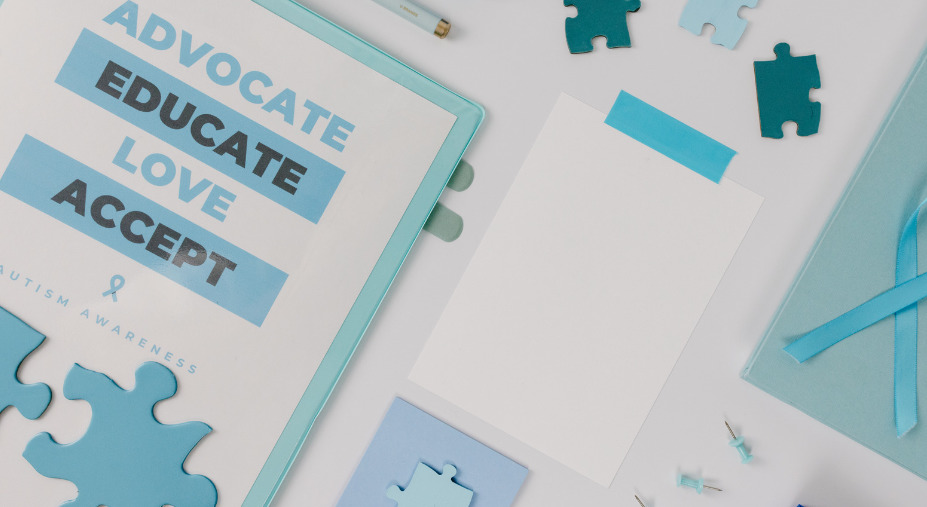

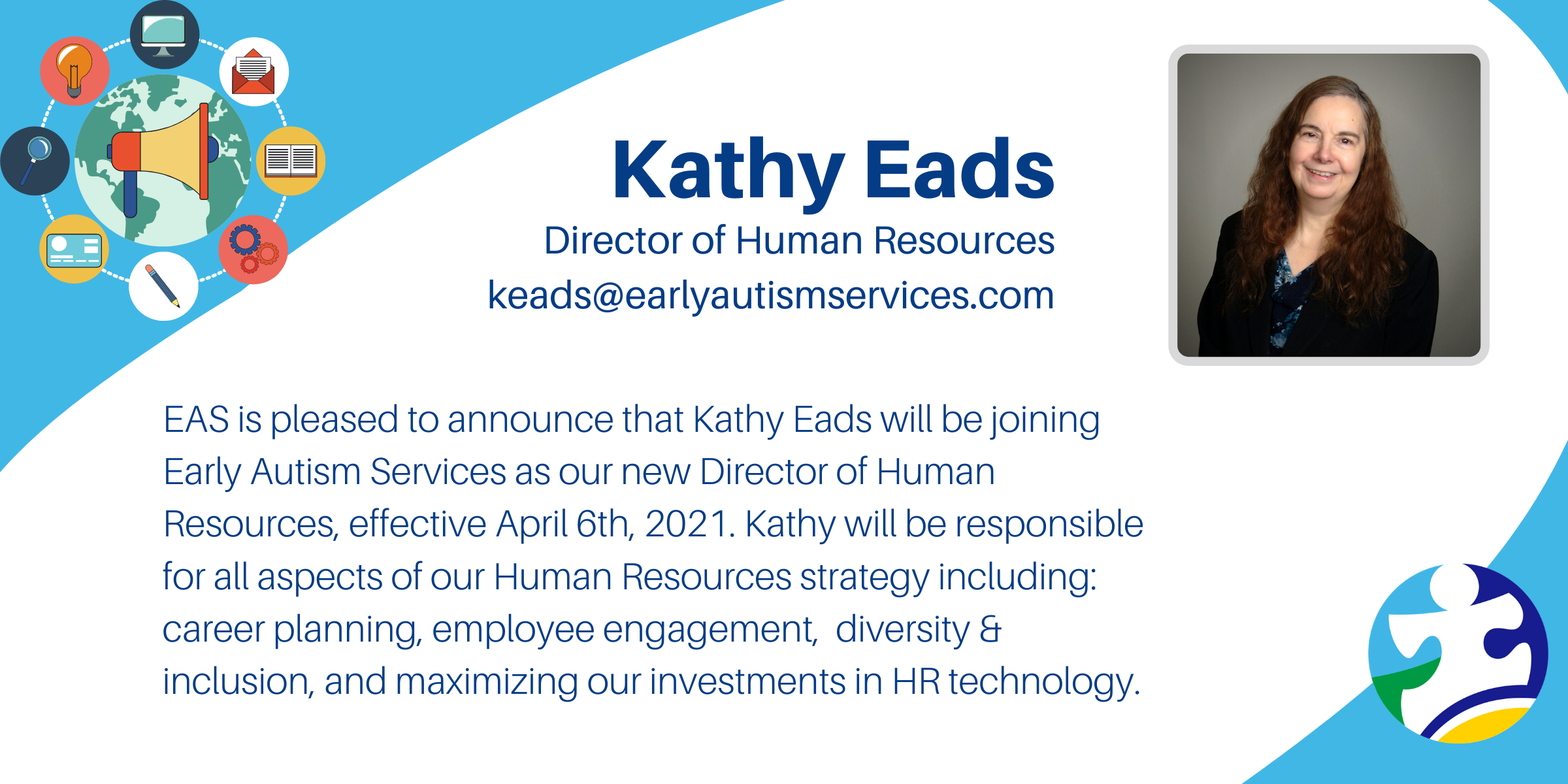
Recent Comments